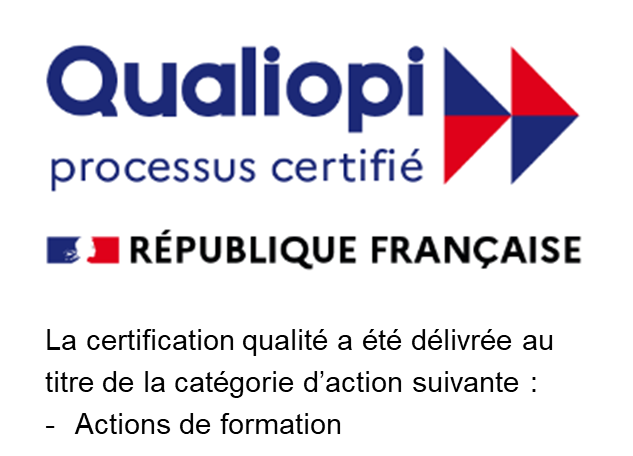Defining Service Excellence: How culture shapes the customer experience

There’s a commonly held belief that we should “treat others the way we’d want to be treated ourselves.” But what happens when another person’s idea of outstanding customer service differs from your own? In today’s global marketplace, businesses are staffed with workforces that are just as diverse as the global markets they serve. Each stakeholder’s perception of customer service standards is, therefore, just as varied – because our individual and cultural experience influence our perceptions, preferences and purchasing behaviors. Ignoring this reality can have lasting negative impacts on employees, customers, and businesses themselves.
A failure to understand and address cultural differences can lead to customer dissatisfaction, brand trust issues, employee frustration and burnout, and even the loss of business. To truly excel, businesses need to go beyond a one-size-fits-all approach to customer service and become adept at recognizing and adapting to the unique cultural nuances that shape client expectations. Below, we take a look at some of the pitfalls of assuming a universal approach to customer service and demonstrate the importance of cultural awareness in achieving true client satisfaction.
The Importance of Cross-Cultural Awareness in Customer Service
In any industry, customer service isn’t just a function – it’s a pillar of brand perception and client retention. When organizations haven’t developed intercultural agility, their service professionals might be confident that they’ve delivered top-notch service, while satisfaction scores show their clients and customers feel dissatisfied or disrespected. This common disconnect underscores the vital need for cross-cultural awareness. Recognizing that respect and quality are defined differently across cultures is key to bridging gaps and ensuring every client feels valued and understood, wherever they are in the world.
EXAMPLE:
A German national calls a Canadian company that’s utilizing an Indian-based customer service hub, for help with a complaint regarding a product he’s ordered. The Indian service provider comes from a culture where an indirect communication style is valued: an approach that leans toward achieving harmony and avoiding direct confrontation or conflict. Her culture also defines customer service through relationship-building and the examination of each detail of a challenge before providing thorough explanations, so she puts the German customer on hold, checking back periodically to assure him that she’s working on the problem, before finally coming back to the call, where she offers a detailed explanation about what happened to his order, why it’s taking so long, and what he can expect in terms of a resolution. The German national, however, becomes increasingly agitated, citing a terrible customer service experience. Why? Because German nationals typically favor a direct, to-the-point communication style and define outstanding customer service as being quick and efficient. The Indian national’s lack of cultural awareness and adaptation could have costly impacts for her and her employer.
Key Factors Influenced by Culture
There are many cultural differences that play a part in defining what exceptional customer service 'looks like.’ Your intercultural training partner can provide a full spectrum, but let's take a look at just three key factors below.
Customer Expectations:
What one culture views as exceptional service might be seen as completely inadequate by another. For instance, in some cultures, customers expect a high level of personal interaction and attentiveness, while in others, privacy and minimal intrusion are highly valued. Understanding differing expectations is crucial for delivering levels of service that resonate with diverse clients.
Communication Style Preferences:
Communication styles vary widely across cultures. Some cultures value direct and straightforward communication, while others prefer a more indirect and nuanced approach. Recognizing these preferences helps service professionals avoid conflict by tailoring their interactions to fit cultural definitions of respect.
Approaches to Problem Resolution:
The way problems are addressed can also differ from country-to-country. In some cultures, a collaborative and empathetic approach is appreciated, while in others, a more authoritative and decisive resolution is expected. Being aware of these differences can prevent misunderstandings and foster better client relationships.
Differences in Cultural Communication Styles
-
Task Orientation vs. Relationship Orientation:List Item 1
Cultures differ in their focus on tasks versus relationships. Task-oriented cultures prioritize efficiency and punctuality, while relationship-oriented cultures value building personal connections before addressing business matters.
-
Direct vs. Indirect Communication:
Communication styles vary widely between cultures. Direct cultures value clear, straightforward communication, while indirect cultures rely on non-verbal cues and context, and avoiding conflict. Misunderstandings can occur if these differences are not recognized, leading to frustration and unmet expectations.
-
Hierarchical vs. Egalitarian Views:List Item 3
Different cultures have varying perceptions of hierarchy and equality. In some cultures, customer service providers may be seen as service providers, while in others, they’re viewed as experts or equals. Understanding these views helps in navigating client relationships and communication styles.
-
Generational Differences:List Item 4
Generational differences impact communication preferences in significant ways – again, also informed by cultural influences. Most Millennials in the United States, for instance, prefer shorter, self-service interactions, while older generations may value more hands-on support. Recognizing these preferences is crucial for maintaining strong relationships across age groups.
-
Differing Values:
Assumptions about shared values can lead to misunderstandings. For example, suggesting a newer product in an effort to up-sell a customer during a customer service call might not appeal to someone from a culture that values minimalism; it could also possibly offend them. Providing options or making decisions without understanding the assignee's cultural values can backfire.
Avoiding Stereotypes
While cultural generalizations can provide valuable insights, it’s also essential to differentiate them from stereotypes. Generalizations can guide better customer service approaches by offering a starting point for understanding cultural tendencies. Relying on stereotypes, however, can lead to incorrect assumptions, unintended offense, and ineffective service.
Customer service professionals should always recognize that individual experiences, education, and upbringing also shape expectations and behavior within a culture. Factors like education, generation, religion, multicultural experiences, and professional environment play significant roles in a person’s expectations when it comes to customer service. By being aware of cultural differences, and leaving room for individual nuances, customer service representatives can balance cultural awareness with a personalized, flexible approach.
Become a Cultural Detective
There are several proactive ways to find a balance between anticipating cultural differences and individual deviations from cultural norms. When providing customer service, employees can:
Developing intercultural agility may seem like a tall order but, with training, techniques can be learned and applied with ease. Thanks to technology, intercultural training providers can offer programs that are convenient, affordable, and available in a variety of formats and commitment levels. In particular, partnering with NetExpat up-levels the skills of your customer service staff, increases customer satisfaction levels and bolsters the market perception of your company and the products and services you work so hard to deliver.
For more information on ways NetExpat can help your customer service professionals effectively meet the needs of the diverse markets you serve, contact us at
info@netexpat.com
Share this post

















